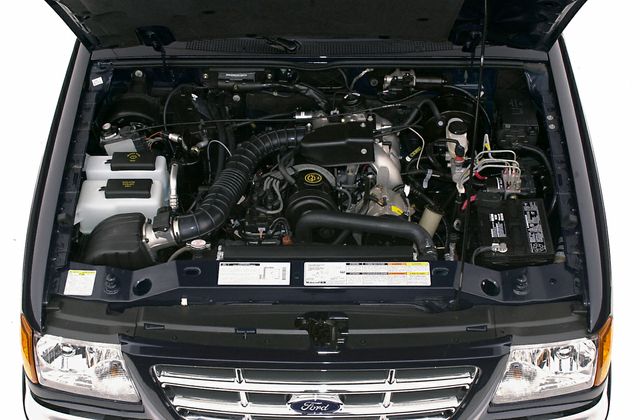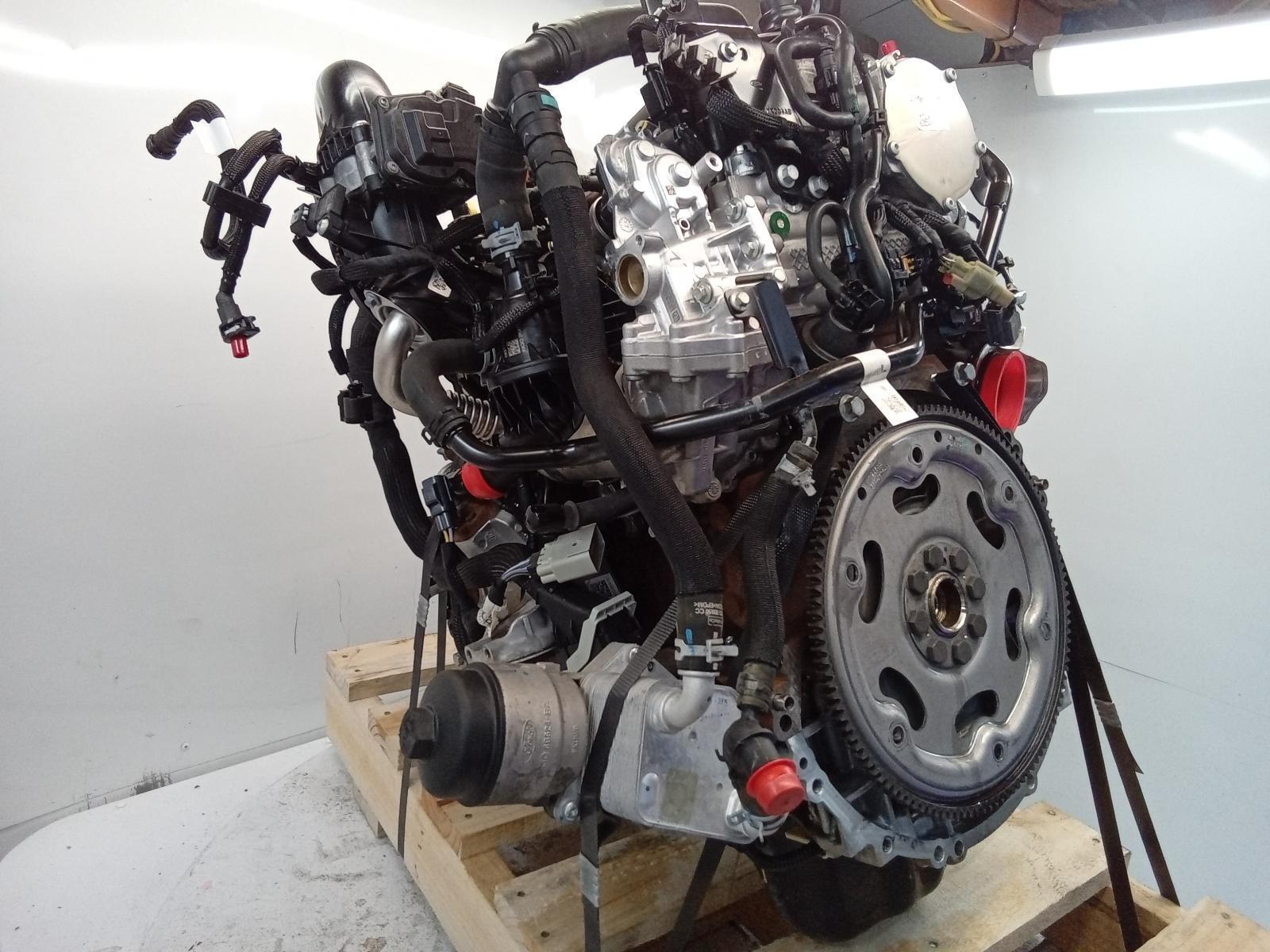Everything You Need to Know About the 2.2 Ford Ranger Engine and Its Performance
Everything You Need to Know About the 2.2 Ford Ranger Engine and Its Performance
Blog Article
What Makes an Auto Engine Run Efficiently: Leading Tips for Optimum Care
The smooth operation of a cars and truck engine is basic to both efficiency and durability, making optimal care a vital duty for car proprietors. Secret practices, such as normal oil modifications, keeping coolant levels, and monitoring air filters, are critical yet commonly ignored. The relevance of evaluating spark plugs and making sure proper tire stress can not be downplayed. Comprehending just how these elements interconnect can improve not just the effectiveness of your vehicle yet likewise your total driving experience. What particular steps should you prioritize to ensure your engine continues to be in peak condition?
Normal Oil Adjustments
Among the most vital aspects of automobile upkeep is ensuring your engine receives normal oil modifications. Engine oil lubes internal elements, minimizes rubbing, and helps maintain optimal operating temperature levels. With time, oil degrades because of heat, pollutants, and the all-natural byproducts of burning, resulting in reduced effectiveness and prospective engine damages.
Many producers recommend transforming the oil every 5,000 to 7,500 miles, however this period can vary based upon driving conditions and oil kind. As an example, synthetic oils might enable for longer periods in between adjustments. Routine oil modifications not just boost engine performance but also improve fuel effectiveness, as tidy oil advertises smoother procedure.
Disregarding oil modifications can lead to sludge accumulation, which hinders circulation and can lead to severe engine problems. It is crucial to examine oil levels frequently and keep track of for any type of uncommon changes in color or consistency, which might indicate contamination or degradation.

Keeping Coolant Degrees
Maintaining correct coolant degrees is essential for avoiding engine getting too hot and guaranteeing optimum performance. The coolant, normally a blend of water and antifreeze, distributes through the engine, absorbing warm and preventing thermal stress. Not enough coolant can bring about boosted engine temperature levels, which may cause serious damages or perhaps complete engine failing.
To keep ideal coolant levels, routinely evaluate the coolant reservoir, normally located in the engine bay. Guarantee the coolant is loaded to the recommended mark, as shown in your car's proprietor manual. It is a good idea to check the degrees at least as soon as a month or previously lengthy journeys, especially throughout extreme climate condition.
If you notice that the coolant level is consistently reduced, there may be a leakage in the cooling system, which ought to be dealt with quickly to avoid additional problems. 2.2 ford ranger engine. Additionally, flushing the coolant system every 2 to 3 years can assist get rid of any type of collected debris and make sure effective warm exchange
Checking Air Filters

It is suggested to inspect the air filter every 12,000 to 15,000 miles, or much more often if driving in damaging or dusty problems. A simple aesthetic inspection can commonly disclose whether the filter is dirty or harmed. If the filter appears discolored or has noticeable dirt buildup, it needs to be changed promptly.
Utilizing a high-quality air filter designed for your details lorry version can even more boost engine efficiency. Furthermore, some vehicles may gain from multiple-use filters that can be cleaned up and re-installed, providing a economical and ecologically pleasant choice.
Inspecting Flicker Plugs
Ignition system are crucial elements of a lorry's ignition system, straight affecting engine performance and effectiveness. They create the stimulate that ignites the air-fuel combination in the combustion chamber, facilitating the engine's power generation. Routine assessment of spark plugs is critical for keeping optimum engine function and protecting against potential issues.
During an inspection, seek signs of wear or damage, such as splits, carbon buildup, or extreme gap widening. A healthy and balanced ignition system commonly shows a brown or tan color. Dark soot or oil down payments can suggest inappropriate combustion, while a white or blistered appearance may suggest getting too hot. Both problems need instant focus to avoid further engine damage.
It's advisable to examine ignition system every 30,000 miles, or as recommended in your automobile's owner handbook. Furthermore, think about replacing them according to the manufacturer's standards, as old or worn spark plugs can cause misfires, lowered fuel performance, and raised emissions.
Monitoring Tire Pressure
Under-inflated tires can lead to decreased gas performance, boosted tire wear, and compromised handling. Routine surveillance of tire pressure is essential visit site for optimum lorry operation.
Tire stress must be inspected a minimum of when a month and eventually journeys. Utilize a reliable tire stress scale to determine the pressure when the tires are chilly, ideally before the automobile has actually been driven for a minimum of 3 hours. Describe the car's owner guidebook or the placard located on the chauffeur's side door jamb for the supplier's advised stress degrees.
It is necessary to note that tire pressure can fluctuate with changes in temperature; a drop of 10 ° F can cause a 1-2 psi decline in stress. In addition, aesthetically inspect tires for any type of indicators of wear or damages during your monitoring routine. Keeping proper tire pressure not only enhances vehicle security however also improves gas efficiency and lengthens tire life, inevitably adding to a smoother engine efficiency.
Verdict
In final thought, maintaining an automobile engine's smooth procedure calls for diligent focus to numerous vital factors. Eventually, a positive approach to engine treatment is crucial for ensuring reliability and performance over time.
One of the most essential elements of automobile maintenance is guaranteeing your engine obtains normal oil modifications. Engine oil lubes internal elements, lowers rubbing, and helps maintain optimum operating temperatures. Regular oil modifications not only boost engine performance but additionally enhance fuel performance, as clean oil promotes smoother operation.
Insufficient coolant can lead to increased engine temperature levels, which might cause serious damage or even complete engine failing.

Report this page